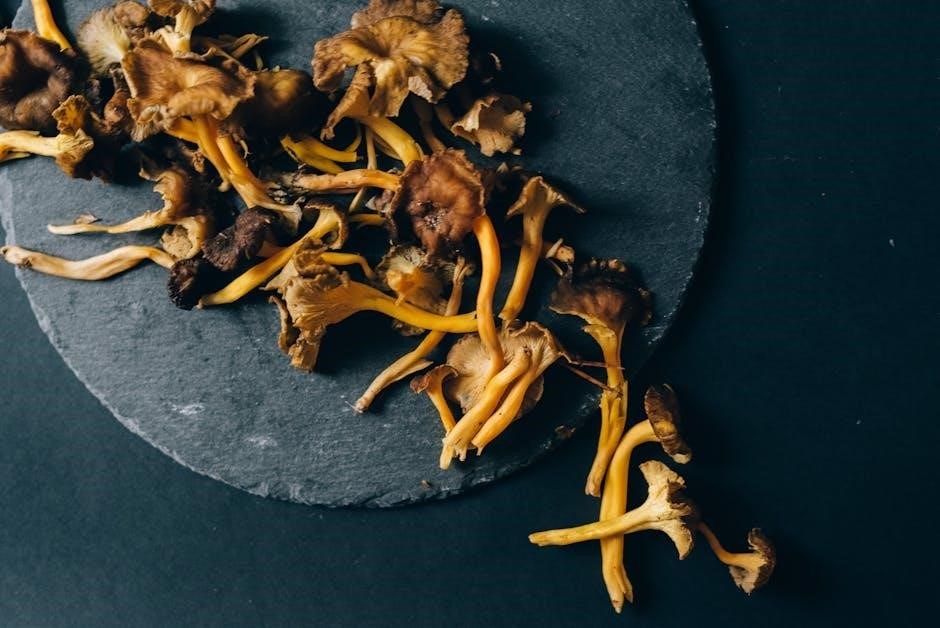
Foraging is the art of gathering wild edible plants‚ mushrooms‚ and fruits‚ offering a sustainable way to connect with nature and access nutritious‚ flavorful foods. By learning to identify species safely and ethically‚ foragers can enjoy fresh‚ organic produce while promoting environmental harmony and self-sufficiency.
The Basics of Wild Food Foraging
Wild food foraging involves identifying and harvesting edible plants‚ mushrooms‚ and fruits in their natural habitats. It requires knowledge of species‚ habitats‚ and seasons. Start with common‚ easily recognizable plants like dandelion greens or wild berries. Always use field guides or apps for accurate identification. Practice sustainable harvesting to ensure ecosystem balance and avoid over-foraging. Safety and ethical practices are paramount to enjoy this rewarding activity responsibly.
Why Forage for Wild Foods?
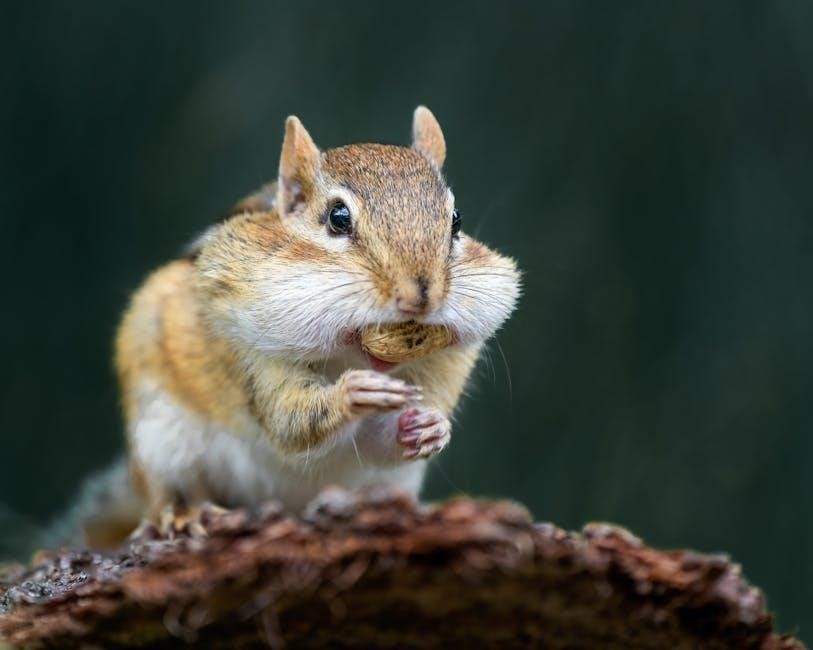
Foraging for wild foods reconnects us with nature‚ providing fresh‚ nutrient-rich ingredients. It fosters sustainability by utilizing naturally growing resources and reduces reliance on industrial agriculture. Wild foods often have unique flavors and higher nutritional value compared to cultivated varieties. Additionally‚ foraging promotes physical activity‚ mental well-being‚ and a deeper appreciation for the natural world‚ making it a fulfilling and enriching practice for many individuals and families alike.
Essential Tools for Foraging
A reliable field guide or smartphone app is crucial for identifying edible plants and mushrooms. Carry a sharp knife or pruning shears for harvesting‚ along with baskets or bags for collecting. Gloves protect hands from thorns‚ while a magnifying glass aids in examining small details. A portable container for water or rinsing plants is also handy‚ ensuring a safe and efficient foraging experience.

Identifying Edible Plants
Identifying edible plants requires careful observation of leaves‚ stems‚ flowers‚ and growth habits. Clear descriptions‚ detailed photos‚ and expert tips ensure safe and accurate foraging experiences.
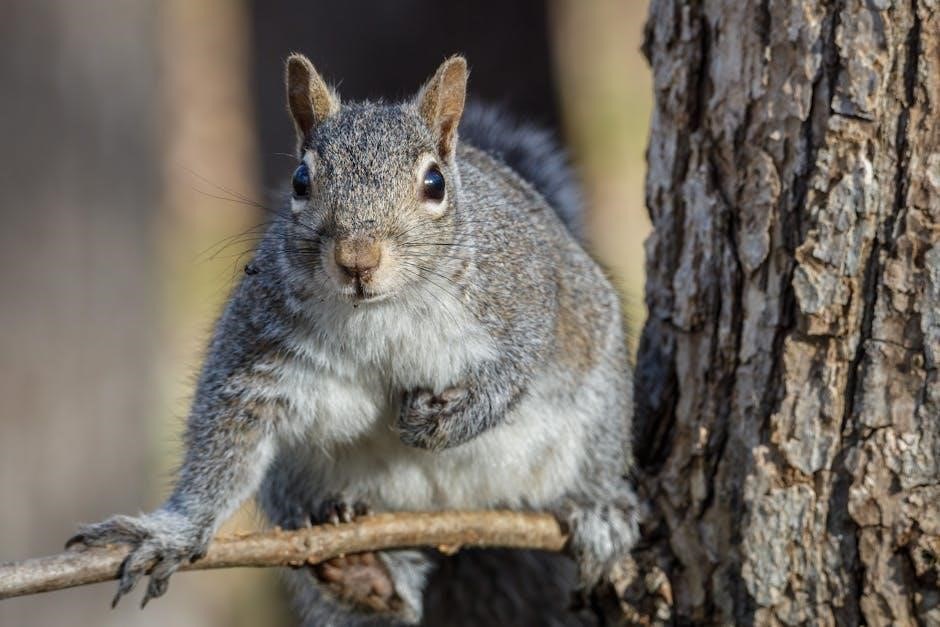
Common Wild Edibles: Leafy Greens‚ Fruits‚ and Berries
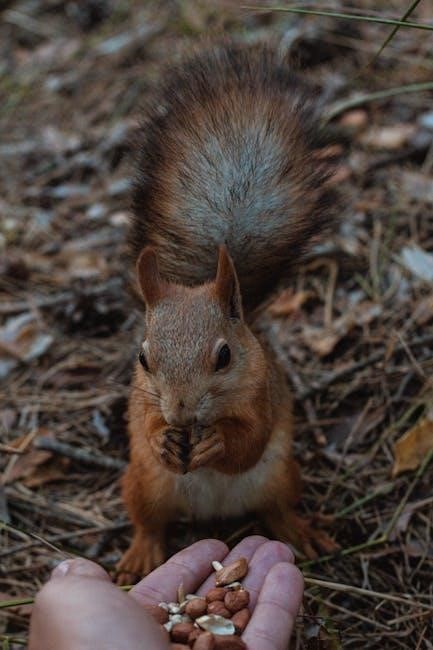
Wild leafy greens like dandelion and plantain are rich in nutrients‚ while fruits such as wild strawberries and raspberries offer sweet‚ healthy snacks. Berries like blueberries and blackberries are abundant in many regions. Proper identification is crucial to avoid poisonous lookalikes‚ ensuring safe and enjoyable foraging experiences. Field guides and expert resources are essential tools for identifying these edible treasures accurately.
Distinguishing Edible Mushrooms from Poisonous Lookalikes
Distinguishing edible mushrooms from poisonous ones requires careful examination of characteristics like cap shape‚ stem texture‚ and gill color. Reliable field guides or expert advice are essential to ensure safe foraging. Look for distinctive features‚ such as the presence of a ring or volva‚ to avoid deadly species. Thorough identification is crucial to enjoy wild mushrooms safely and confidently.
How to Recognize Wild Herbs and Spices
Recognizing wild herbs and spices involves identifying distinctive fragrances‚ leaf shapes‚ and growth patterns. Use field guides or expert advice to confirm species. Look for familiar scents‚ like mint or wild garlic‚ and note unique features such as leaf arrangement or flower color. Be cautious of poisonous lookalikes and harvest responsibly to ensure sustainability and safety while foraging.
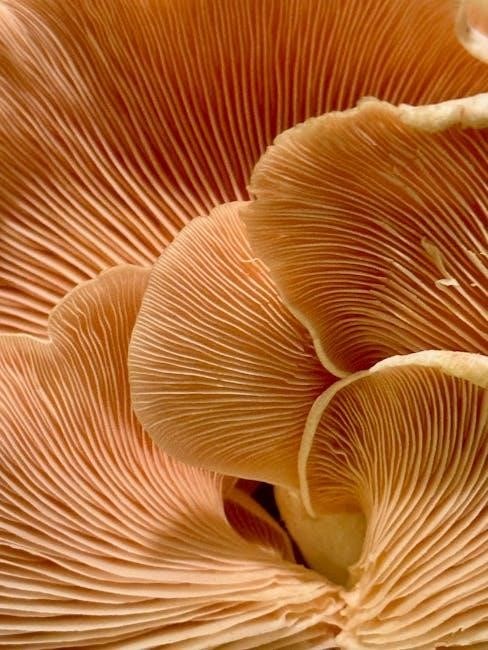
Avoiding Poisonous Plants
Always research thoroughly before foraging to identify toxic species. Use trusted field guides and expert advice to avoid deadly lookalikes and ensure safe‚ enjoyable foraging experiences.
Common Toxic Berries and Fruits to Avoid
Deadly Nightshade (Atropa belladonna) and Poisonous Bittersweet (Solanum dulcamara) are highly toxic. Yew berries (Taxus spp.) and Holly berries (Ilex spp.) are also dangerous. While some may appear edible‚ ingestion can be lethal. Always avoid unfamiliar berries and consult trusted field guides to ensure safe foraging practices and avoid potentially deadly mistakes in the wild.
How to Spot Poisonous Lookalikes of Edible Plants
Poisonous plants often mimic edible ones‚ requiring careful examination. Compare leaf shapes‚ vein patterns‚ and flower structures. Look for distinctive features like milky sap in poisonous lookalikes of wild greens. Cross-reference trusted field guides or expert resources to ensure accurate identification‚ avoiding deadly mistakes that could occur from misidentifying plants like hemlock or nightshade for harmless species.
Seasonal Variations in Foraging
Foraging varies with the seasons‚ offering diverse wild foods. Spring brings greens and early fruits‚ summer and fall yield berries‚ nuts‚ and mushrooms‚ while winter focuses on preservation.
Spring Foraging: Wild Greens and Early Fruits
Spring foraging highlights wild greens like dandelion‚ chicory‚ and wild spinach‚ rich in nutrients. Early fruits such as wild strawberries and raspberries begin to ripen‚ offering sweet treats. This season is ideal for discovering fresh‚ vibrant flavors and replenishing after winter‚ ensuring a bountiful and healthy harvest from nature’s renewal and abundance.
Summer and Fall Foraging: Berries‚ Nuts‚ and Mushrooms
Summer and fall offer abundant foraging opportunities‚ with wild berries like strawberries‚ raspberries‚ and blackberries ripening in summer. Fall brings nuts such as walnuts and hazelnuts‚ along with a variety of mushrooms like chanterelles and oyster mushrooms. These seasons provide a colorful and nutritious harvest‚ perfect for fresh consumption or preservation through freezing and drying‚ ensuring year-round enjoyment of nature’s bounty.
Winter Foraging: Hardy Plants and Preservation Techniques
Winter foraging focuses on hardy plants like wintergreen‚ chickweed‚ and rose hips‚ which thrive in colder months. Preservation techniques such as freezing‚ drying‚ and fermenting allow foragers to enjoy their summer and fall harvests year-round. These methods maintain nutrient density and flavor‚ ensuring a steady supply of wild foods even during the coldest seasons.
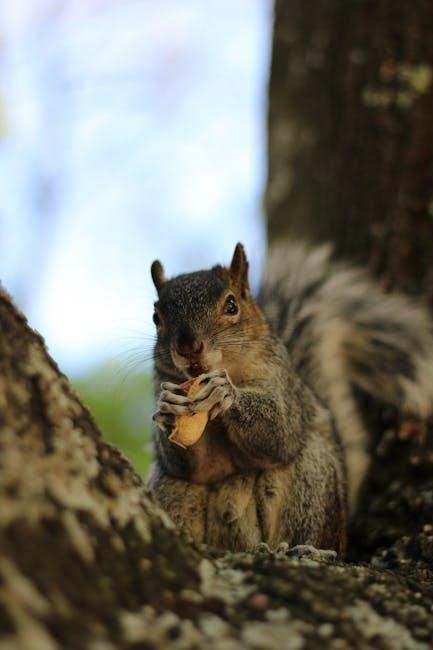
Safety and Etiquette
Safe foraging requires knowing plant identities‚ avoiding contaminated areas‚ and respecting wildlife habitats. Always follow ethical guidelines to ensure sustainable harvesting and environmental preservation.
Best Practices for Sustainable Foraging
Adopting sustainable foraging practices ensures long-term ecosystem health. Harvest plants responsibly‚ avoiding over-picking to maintain populations. Only take what you need‚ leaving enough for wildlife and future growth. Be mindful of fragile habitats and avoid damaging surrounding vegetation. Always follow local regulations and respect private property rights to preserve foraging opportunities for everyone.
Understanding Legal and Environmental Considerations
Foraging requires awareness of legal and environmental factors. Check local regulations regarding permits and protected areas to ensure compliance. Avoid harvesting in polluted or sensitive ecosystems to protect biodiversity. Be mindful of endangered species and their habitats. Respect private property rights and only forage where permitted. Understanding these considerations helps preserve nature and ensures responsible foraging practices for future generations.
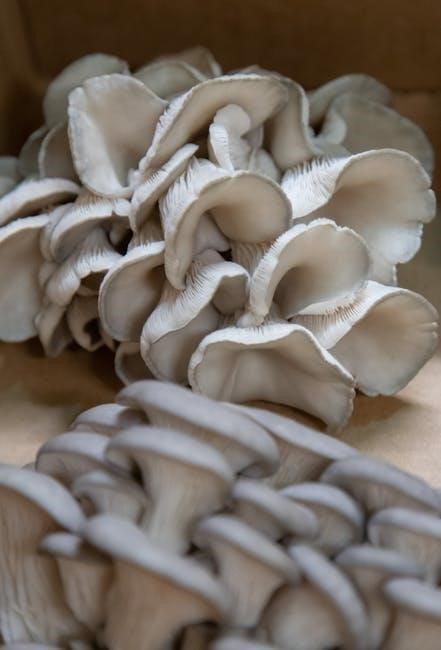
Preserving and Preparing Wild Foods
Preserving wild foods involves drying‚ freezing‚ or fermenting to extend shelf life. Creative recipes transform foraged ingredients into delicious meals‚ enhancing their natural flavors and nutritional value.
Methods for Drying‚ Freezing‚ and Fermenting Wild Harvests
Drying preserves plants by removing moisture‚ ideal for herbs and mushrooms. Freezing maintains nutrients in berries and greens. Fermenting enhances flavors and extends shelf life‚ creating dishes like sauerkraut. These methods ensure wild foods remain edible year-round while retaining their nutritional value and unique flavors‚ offering sustainable ways to enjoy nature’s bounty in every season.
Simple Recipes for Incorporating Wild Foods into Meals
Enhance your meals with wild flavors by adding dandelion greens to salads or wild garlic to soups. Berries can be baked into pies or made into jams. Foraged herbs like chamomile can steep into soothing teas‚ while mushrooms add earthy notes to pasta dishes. Ferment wild veggies for tangy krauts or blend into vibrant sauces for a nutritious‚ tasty twist on everyday recipes.
Regional Guides to Wild Foods
Regional guides offer insights into wild edibles in North America‚ Europe‚ and beyond‚ aiding foragers in safe‚ sustainable harvesting tailored to their local environment effectively.
Wild Edibles in North America‚ Europe‚ and Beyond
North America offers wild edibles like dandelion‚ wild garlic‚ and berries‚ while Europe boasts elderberries and chanterelles. Asia features bamboo shoots and mushrooms‚ Australia has bush tomatoes‚ and New Zealand offers kawakawa. Regional guides highlight these species‚ aiding foragers in identifying and sustainably harvesting wild foods tailored to their local ecosystems and cultural practices effectively.
How to Adapt Foraging Techniques to Your Local Environment
Adapting foraging to your local environment involves studying regional plant species‚ using field guides‚ and attending workshops. Observe seasonal changes and learn legal regulations. Consider local invasive species and environmental conditions. Engage with foraging communities for tailored advice‚ ensuring sustainable and safe practices in your area.
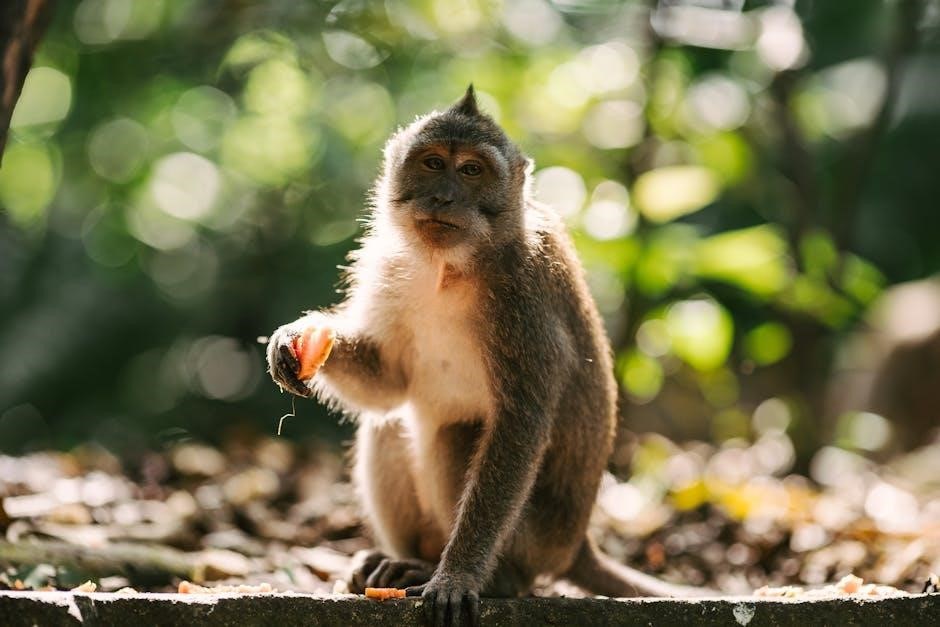
Workshops and Resources
Workshops and resources provide essential knowledge for foraging; Attend local workshops to learn plant identification and sustainable practices. Utilize field guides and apps to enhance your foraging skills and experiences.
Recommended Field Guides and Apps for Foragers
Essential tools include field guides like Samuel Thayer’s Forager’s Harvest and apps like PlantSnap or ForageBot. These resources provide detailed photos‚ descriptions‚ and GPS tracking for identifying wild edibles. Apps often include databases of edible plants‚ poisonous lookalikes‚ and seasonal availability. Portable and user-friendly‚ they are indispensable for safe and successful foraging experiences in diverse environments.
Joining Foraging Communities and Workshops
Engage with local foraging workshops‚ such as Wellington and Kapiti Foraging Workshops‚ to learn plant identification and survival techniques. These gatherings offer hands-on training and expert guidance‚ fostering connections among foragers. Participating in these communities enhances knowledge‚ ensures sustainable practices‚ and provides ongoing support‚ making foraging a safer and more enjoyable experience for everyone involved.
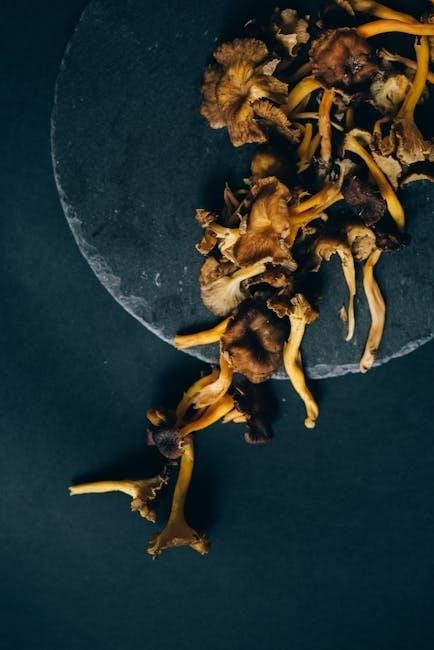
Comprehensive Field Guide
A detailed guide featuring vivid photos and descriptions helps identify edible plants‚ ensuring safe foraging. Expert tips and regional insights enhance your foraging experience effectively;
Detailed Photos and Descriptions for Safe Foraging
Detailed Photos and Descriptions for Safe Foraging
High-quality images and detailed descriptions are essential for identifying edible plants accurately. Field guides like Forager’s Harvest and apps provide clear visuals to distinguish safe species from poisonous lookalikes. These resources often include habitat‚ season‚ and key features‚ ensuring confident foraging. They also highlight similarities to toxic plants‚ making them indispensable for beginners and experienced foragers alike. Reliable tools make foraging accessible and safe for everyone.
Expert Tips for Identifying and Harvesting Wild Plants
Experienced foragers emphasize thorough identification using field guides and apps. Focus on prime harvesting times for optimal flavor and nutrition. Be mindful of environmental factors like pollution and soil quality. Harvest sustainably‚ taking only what’s needed‚ and avoid over-picking to preserve ecosystems. Practice caution with lookalikes and prioritize safety to ensure a successful and enjoyable foraging experience every time.
Survival Skills
Foraging is a vital survival strategy‚ enabling individuals to locate nutritious wild foods. It connects wilderness survival with self-sufficiency‚ ensuring access to sustenance in remote or challenging environments.
Foraging as a Survival Strategy
Foraging is a crucial survival skill‚ allowing individuals to locate food in the wild. It ensures sustenance during emergencies or long-term wilderness stays. Knowing which plants are edible is essential for safety and nourishment. This skill fosters self-reliance and connects people with nature‚ providing a sustainable way to thrive in challenging environments.
Wilderness Skills for Long-Term Survival
Mastering wilderness skills ensures long-term survival by combining foraging with shelter-building‚ water sourcing‚ and fire-making. Learning to identify edible plants and preserve food is vital. Sustainable practices prevent resource depletion‚ while mental resilience and adaptability enhance endurance. These skills empower individuals to thrive in remote environments‚ relying on nature’s abundance for sustenance and safety over extended periods.